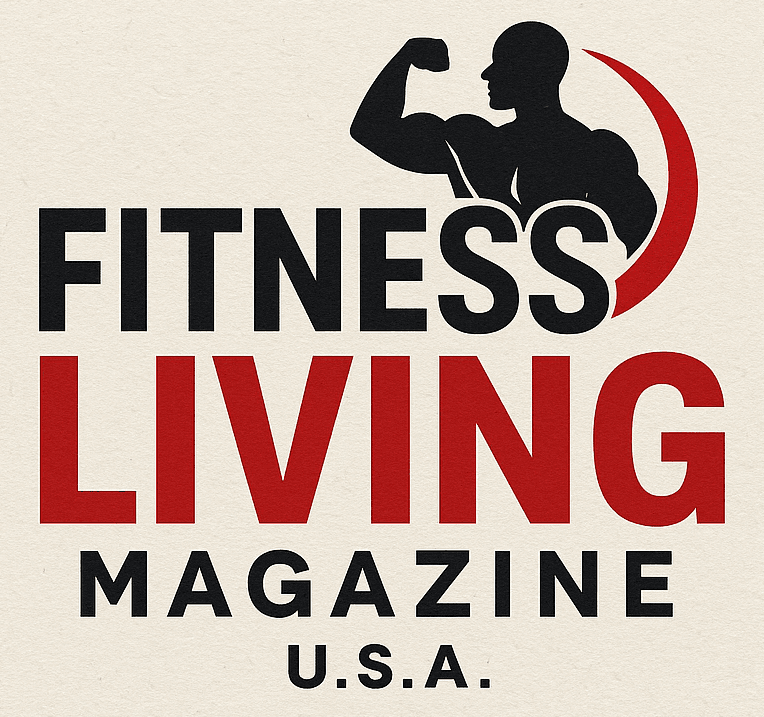
The Struggle to Stay Fit: Understanding the Need
For many busy parents, staying active can seem impossible amidst the chaos of daily responsibilities. Between juggling work, household chores, and spending quality time with children, fitness often takes a backseat. This feeling is all too familiar for a full-time working mother who shared, "I’m on a hamster wheel of life right now, giving of myself to everyone and everything around me." The emotional toll of parenthood can be immense, leaving many exhausted and questioning how to manage self-care.
Yet, recognizing the importance of fitness not only boosts physical health but also enhances productivity, helps relieve stress, and sets a positive example for children. With the right strategies, parents can make exercising a feasible part of their chaotic schedules.
Key Challenges Busy Parents Face When Fitting in Workouts
There are a few persistent challenges parents encounter:
Inconsistent Schedules: Parenting often involves a level of unpredictability, making it difficult to carve out dedicated time for workouts.
High Demands: The constant attention children need inevitably takes precedence over personal fitness.
Lack of Energy: Exhaustion from tending to family duties leaves little motivation for physical activity.
Guilt: Parents often grapple with guilt when prioritizing their own well-being over family responsibilities.
Effective Workout Strategies for Busy Parents
1. Incorporate Mini Workouts into Your Day
Utilizing short bursts of exercise, such as 10-minute high-intensity interval training (HIIT) sessions, is one of the most effective strategies for busy parents. These quick workouts can be squeezed into naptimes or early mornings and deliver a powerful punch in calorie burn and endurance improvement. According to fitness experts, these short but effective workouts promote both physical and mental well-being.
2. Make Use of Your Environment
Think creatively about how to utilize your daily surroundings. Walking pads, for instance, can fit conveniently in your home, allowing you to walk while multitasking. Additionally, engaging kids in family workouts turns exercise into a fun experience rather than a chore, proving to be a win-win scenario.
3. Schedule Workouts Like Appointments
Assigning specific times for workouts helps parents prioritize self-care as they would for any other important activity. Mark workouts on calendars just like meetings. Whether it’s a set time after work or during lunch breaks, creating structure increases accountability and inspires consistency.
4. Mix Fitness with Family Activities
Involving children in exercise routines is not only a wonderful way to strengthen family bonds but also serves as a unique opportunity to model healthy habits. Engage in play that incorporates movement—tag, dance-offs, or nature walks—transforming exercise into quality family time.
Future Trends: Fitness Solutions Tailored for Parents
As the awareness of fitness’s role in parenting grows, innovative solutions are emerging to meet the needs of busy families. For instance, the introduction of fitness applications that cater specifically to family dynamics or the evolving gym landscape that provides child care facilities is making it easier for parents to focus on health. Forward-thinking fitness centers are recognizing this need and tailoring services to accommodate family-oriented lifestyles.
Practical Insights: Overcoming Obstacles
It's essential to remind parents that it's not about perfection but about consistent progress. Setting realistic fitness goals, finding enjoyable activities, and celebrating small victories can keep the motivation alive. Engaging with friends or utilizing social media for accountability can also boost morale and lead to persistent healthy habits.
Real-Life Examples: Success Stories
Many busy parents have successfully integrated fitness into their routines. For instance, Michelle, a client, carved out time to use her garage for quick workouts, declaring her space as ‘me-time’ before re-entering the household. Her story serves as a reminder of the power of accountability and making small sacrifices for personal wellness.
Conclusion: A Call to Action for Parents
It’s time for parents to take charge of their fitness journeys. Finding ways to weave physical activity into everyday life doesn’t have to be burdensome—it can be enjoyable and deeply rewarding. Don’t hesitate to reach out for support from friends or fitness professionals to help outline an achievable plan that fits your busy schedule. Engage, move, and prioritize your health—after all, your well-being positively impacts your whole family.
 Add Row
Add Row  Add
Add 



Write A Comment